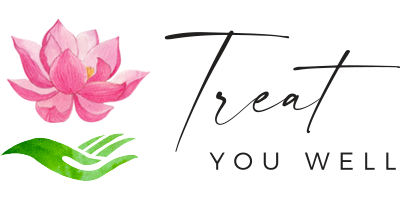Hypertension
Written by Julian Chan, MS RDN Sep 14, 2022
What is Hypertension?
Hypertension is one of the key risk factors of cardiovascular disease, and is defined by persisting high blood pressure. The condition is classified into 4 stages (normal, prehypertension, stage 1, and stage 2), relative to the risk of developing heart disease. The higher your blood pressure, the higher the risk.
Classification Systolic BP (mm Hg) Diastolic BP (mm Hg)
Normal < 120 < 80
Prehypertension 120 - 139 80 - 89
Stage 1 Hypertension 140 - 159 90 - 99
Stage 2 Hypertension > 160 > 100
What do blood pressure numbers mean?
A blood pressure reading is made up of two numbers written as a fraction. The top number represents systolic blood pressure, which is the pressure in the arteries when the heart beats. And the bottom number represents diastolic blood pressure, which is when the heart relaxes. If your blood pressure is read as 120 systolic and 80 diastolic it would be written as 120/80.
How do I know if I have high blood pressure?
People often do not present with symptoms, so it can go undiagnosed for many years. The only way to know is to measure it, either by yourself or with the help of a healthcare professional.
Causes
High blood pressure typically develops over time. Some factors that increase the risk of high blood pressure can include but not limited to,
Sedentary lifestyle
Being overweight
Smoking
Alcohol
Complications
Having high blood pressure makes your heart work harder in order to pump blood throughout the body. Over time the extra work can damage the protective lining of your arteries that can further affect important organs like your liver, heart, and brain.
Prevention and Management
While later stages of hypertension are managed with medication, lifestyle changes are encouraged at any stages and have documented efficacy in both managing and reducing blood pressure. One such recommendation involves making changes to your diet by increasing your fruit and vegetable intake and reducing your sodium intake. The Dietary Approaches to Stop Hypertension (DASH) eating plan specifically, builds off of these recommendations and requires no special foods or complicated recipes.
References
Whelton PK, Carey RM, Aronow, WS, Casey DE, Collins KJ, Himmelfarb CD, et al. 2017 ACC/AHA/AAPA/ABC/ACPM/AGS/APhA/ASH/ASPC/NMA/PCNA guideline for the prevention, detection, evaluation, and management of high blood pressure in adults: a report of the American College of Cardiology/American Heart Association Task Force on Clinical Practice Guidelinesexternal icon. J Am Coll Cardiol. 2018;71(19):e127–e248.
James PA, Oparil S, Carter BL, et al. 2014 evidence-based guideline for the management of high blood pressure in adults: report from the panel members appointed to the Eighth Joint National Committee (JNC 8). JAMA. 2014;311(5):507-20. doi:10.1001/jama.2013.284427
